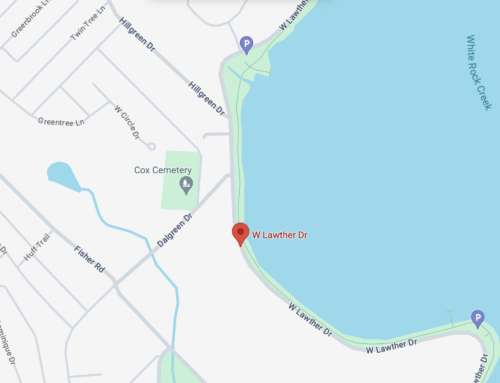Beginning March 28, The New York Times will implement its paywall. This comes on the heels of our city’s only daily newspaper pulling the same thing, a move that has annoyed many. The Times’ system is a little easier to get around than the Dallas Morning News’.
Times readers will be allowed to view 20 stories in full before being asked to purchase a digital subscription or a tablet or phone app. Subscribers to the print edition will have access to all content. Also, readers who access NYT articles via Facebook, Twitter or some other mediums, will be allowed to read entire articles without a subscription. The consensus seems to be that a lot of people (like me) will work around the NYT‘s paywall, but experts say that if even 1 percent of online readers buy a subscription, it will generate more than $70 million.
I understand, in a way, where newspaper publishers are coming from. Revenue is dwindling and something has to be done. Will the paywall save them? I don’t think they know, but they need to try it and find out. It’s possible that people (like me) will just give in and buy a subscription to the print newspaper so they have easy access to all the news.
If you are thinking, “I’ll just get my news elsewhere. There are tons of blogs and alternate news sites from which I can get my daily Dallas/neighborhood news …”, it might not be as easy as you think.
The paywall is going to affect online journalism as a whole:
As local reporting and journalism jobs dwindled in the past few years, the trend of sharing news grew because with a smaller workforce and a public with a growing appetite for information (and videos, sound and photos) it became necessary.
I went to a week-long multimedia course at UC Berkeley last year and they called sharing content “curating the news”. Here’s an example: The mayor holds a press conference. The Advocate has only a couple staffers working on various hyper-local stories that no one else is covering. We are sure someone from the Dallas Morning News (and TV stations and maybe The Observer) will cover the mayor’s press conference and hear the same things we would hear if we dropped everything to attend, therefore we keep our reporters working on the unique stories and, later, we link, on our blog, to the Morning News story about the mayor.
Hence, we’ve served the readers in the most efficient way possible, giving them access to the news of the day by sharing what others have reported, plus we still bring them our original feature stories, restaurant news and meaningful photos. Another site might pick up some of our unique content and share it with their readers. Everybody, especially Jane Doe who just wants to know what’s happening in her neighborhood, wins. This post itself is an example of curating the news—see how I linked to all those stories about the New York Times? I sure didn’t have time to consult a business or media analyst, so I linked to those who did. All of the good blogs — Unfair Park, Frontburner, Pegasus, etc. — curate news because that’s what best serves the readers.
We share with one another. But when one outlet, a big one with more resources than the rest of us, stops sharing, it sort of messes up the flow and impacts the public’s access to information on more levels than simply having to pay to read an article.
I don’t pretend to know the right answer — I just hope this doesn’t mean I have to start going to every press conference and covering City Hall meetings week after week.





